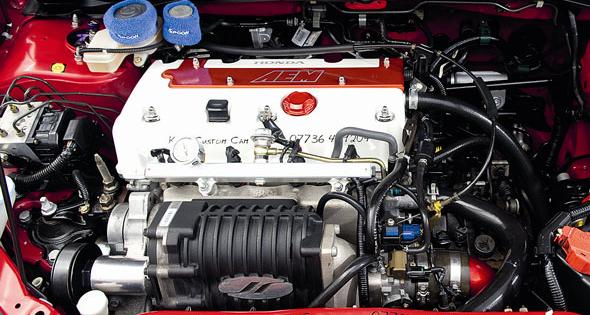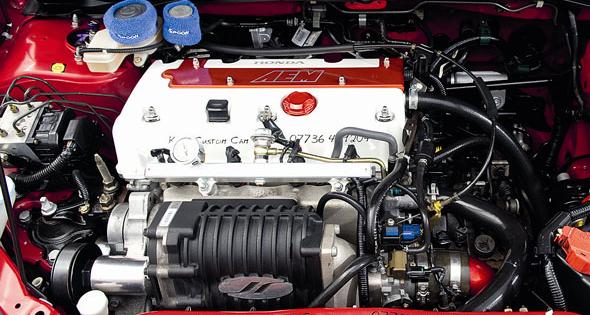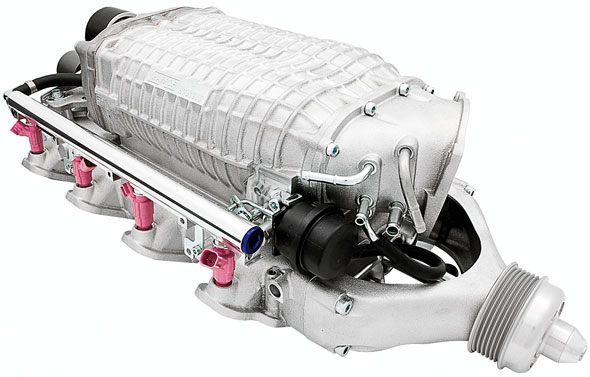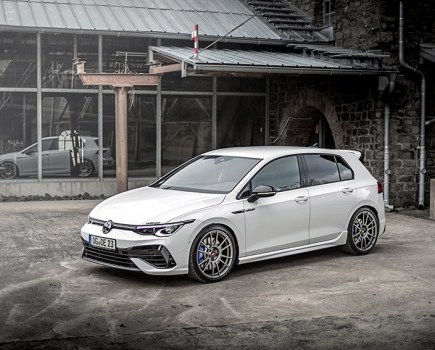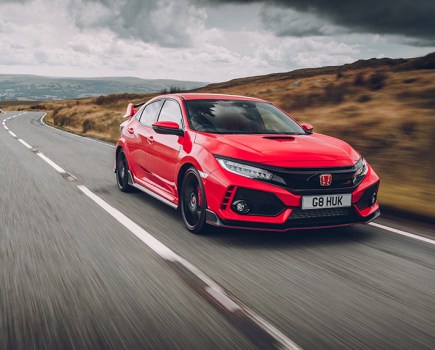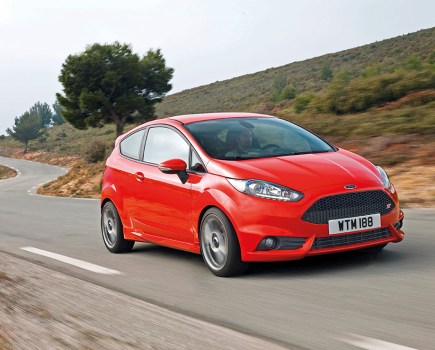SUPERCHARGERS – HISTORY
Almost unbelievably, peeps were supercharging things like blast furnaces in the 18th century, and Gottlieb Daimler received a German patent for supercharging an internal combustion engine as far back as 1885. Mercedes were one of the first manufacturers to supercharge a production car in the early 1920s and they’ve stuck with their supercharged philosophy, as the famous Kompressor badge will testify today.
SUPERCHARGERS – HOW THEY WORK
The supercharger is very similar in its basic principle to the turbo in so much as it pumps air into the engine via a form of compressor. The big difference between the two types, though, is that here, the compressor is not driven by exhaust gasses. The compressor unit on a supercharger is driven by a belt, running from the engine itself.
SUPERCHARGERS – GET SOME
Supercharger kits aren’t as common as turbos, so this little box won’t appeal to everyone. The problem is space, superchargers can be hefty lumps, so physically fitting one in your bay might be the biggest (pardon the pun) issue. Still, if you’ve got a Honda, Ford, BMW or VW, you’ll be pretty well catered for. You’ll be looking at a 4-figure sum for the kit, plus an ECU upgrade, but good times would lay ahead.
YOU WHAT? – TWIN CHARGING
Can’t decide between the pros and cons of turboing or supercharging your ride? Well fuck it, do both! This is known as twin charging: a belt-driven supercharger boosts the car at low rpm, while a turbo takes over at mid-to-high rpm. Job done.

